Have you heard about Terrific Scientific from the BBC? BBC Terrific Scientific is a fantastic primary science campaign hoping to get children to think differently about what being a real scientist is like. Here at Science Sparks we’re all about making science fun and accessible to everyone, so we think BBC Terrific Scientific is pretty awesome!
Terrific Scientific consists of ten classroom based investigations using minimal equipment. When a school has completed an investigation they send the results to both the BBC and leading universities as part of real academic studies. However, it’s not all about schools, the BBC Terrific Scientific website also has a brilliant DIY section full of exciting investigations you can carry out in your home. We’d definitely recommend having a look around and trying some out on the weekend or in half term.
If you’re a teacher, register now at: https://www.bbcterrificscientificregistration.co.uk/
Inspired by BBC Terrific Scientific we’ve come up with our own power activity based around simple circuits for kids.
Before you start, please read on for some very important health and safety advice. As we’re demonstrating electricity, this activity will require adult supervision. Electricity can be extremely dangerous, so please ensure none of the wires are damaged or exposed, and ensure your hands are dry before you begin the activity. Please also make sure an adult checks the circuit before it’s switched on, and remember to always switch it off at the end of the activity.
Make a light up model street – circuits for kids
This activity uses a model village to demonstrate how power reaches our homes and introduces the concept of an electrical circuit.
We use electricity in our homes to power lights and televisions as well as for cooking and heating so it’s very important. The electricity used to power appliances you plug in is called mains electricity.
Mains electricity can be very dangerous, never poke things into a plug socket or touch switches with wet hands.
Electricity is also used for small toys and games powered by batteries, we’re going to use batteries for our circuits.
You’ll need
Light bulbs
Crocodile clips and wires
Paper
Paper clips
How to make a Simple Circuit
First let’s create a very simple circuit. A circuit always needs a source of power, we’re going to use a battery pack with wires connected to the positive (+) and negative (–) ends.
Create a circuit by placing each wire into the connector area of the lightbulb. You should find the bulb lights up. Now hold one wire slightly above the connector, you should find the bulb goes out. You’ve broken the circuit. Electricity only flows if a circuit is complete as it has to flow all the way around for the bulb to light up.
Circuit with a switch
Switches can be used to control whether a circuit is complete or not. When a switch is open, there is a gap in the circuit which means electricity cannot travel all the way around. When a switch is closed it makes the circuit complete again allowing electricity to travel around the circuit.
You can make a very simple switch using small piece of folded paper and two paperclips. If the paper is open the paperclips do not touch, meaning there is a break in the circuit. If you close the paper, the paperclips touch which completes the circuit.
How to make a series circuit
You should have found that the bulb in your simple circuit was quite bright. If we add another bulb into the same circuit without increasing the power both bulbs will be dimmer than one alone. This is because the more bulbs ( or other features such as buzzers ) in a circuit the harder it is for the current to flow. There is more resistance.
Troubleshooting
If your circuits don’t work try the following:
- Check your batteries work
- Look for loose wires on the bulbs, the wires must be fixed in place and touching the metal part for the circuit to be complete.
- Check your bulb is screwed in properly and isn’t damaged.
Did you know electricity is not stored in a battery, it is generated inside when the chemicals react with each other.
Lighting up a model street
Electricity in the home is generated by power stations, but how does it get from a power station into your house?
Pylons carry power lines from the power stations to substations closer to houses. From the substations, underground cables carry the electricity into homes.
We created a small model street to demonstrate this and to use all three circuits created above. You can see the power station in one corner, with power cables being taken to a sub station via pipe cleaner pylons. We’ve drawn lines to illustrate underground cables too.

To make a light up street you will need:
Small houses – use cardboard boxes or create a wooden frame.
Blocks
Pipecleaners
Tape
Decorations
The circuits created above
We created our houses using a wooden frame in a cube shape with cardboard attached for walls.
Our street has four houses:
One is lit with a simple circuit.
Two are lit by a series circuit ( one bulb in each house )
One has a circuit with a switch.
Turn on each circuit and watch your street light up. Do the bulbs that share a circuit look dimmer than the bulbs that are on their own?
Extension Idea – circuits for kids
How many houses can you light up using one circuit with the light bulbs in series?
Can you overcome the extra resistance in your series circuit by adding extra batteries? You should find the extra power makes the bulbs brighter.
What do you think of our model street? If you like the idea, take a look around the BBC Terrific Scientific website and see what else takes your fancy.
We challenge you to try one of the investigations from the DIY section on the Terrific Scientific website, maybe even with a child who thinks they don’t enjoy science activities, you might be surprised how much fun they ( and you ) have.
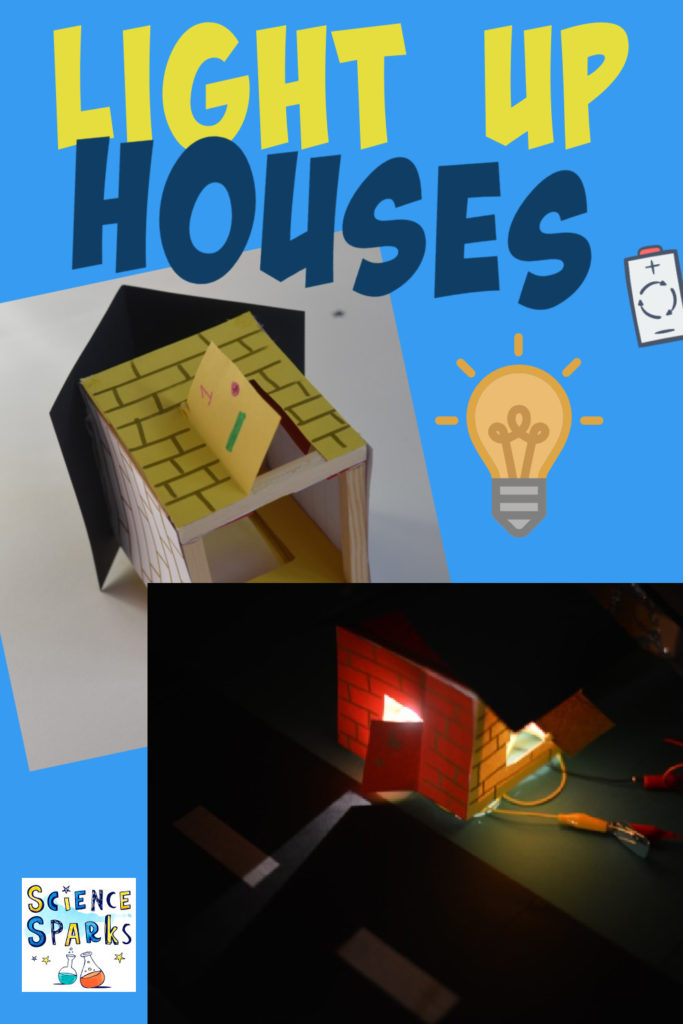
Last Updated on May 14, 2021 by Emma Vanstone

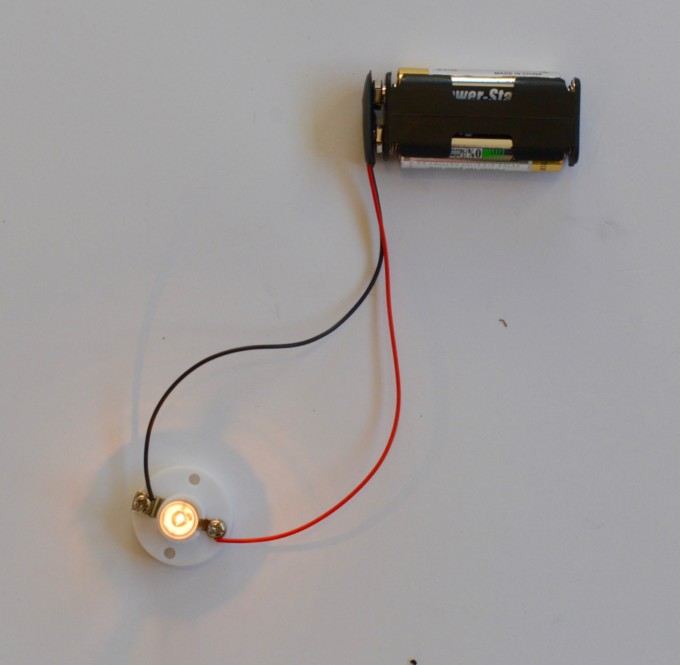
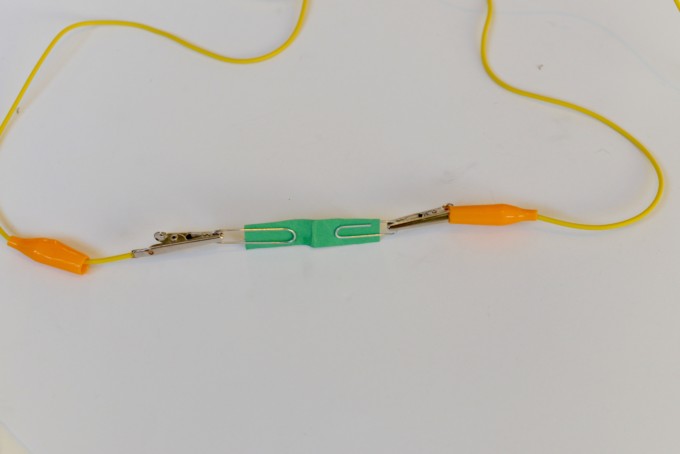

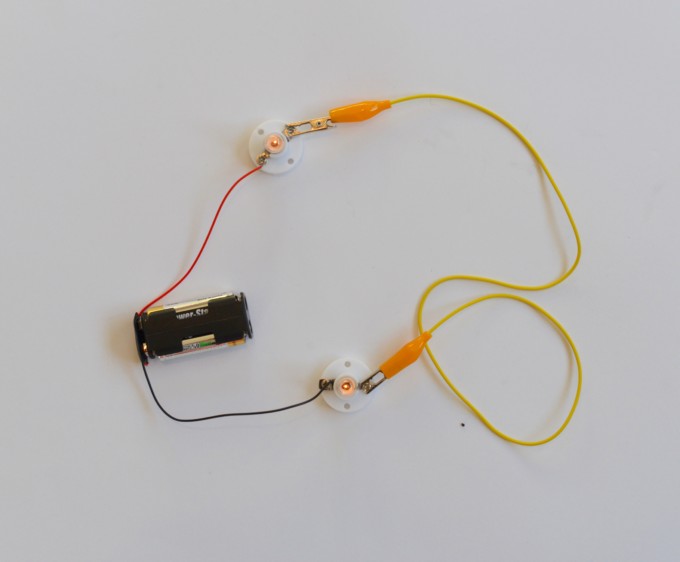
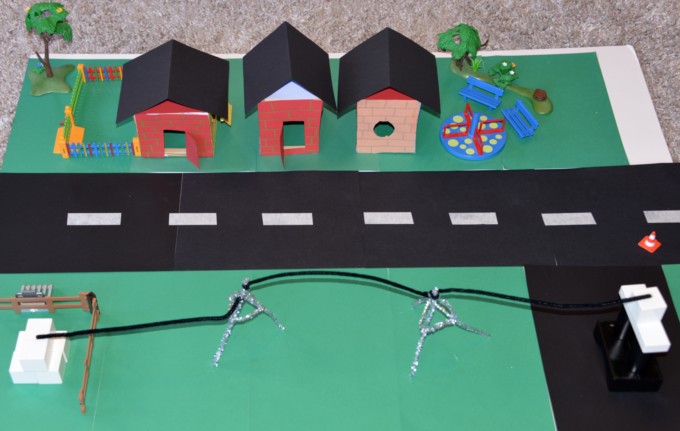
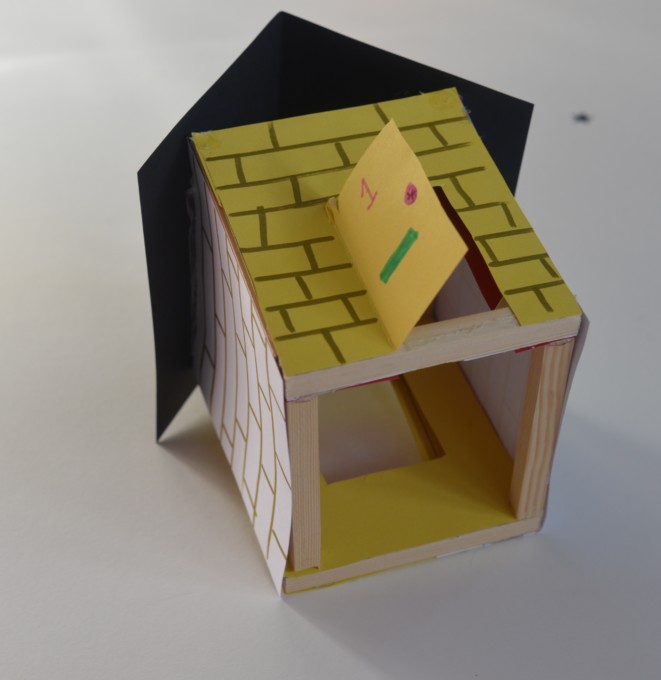
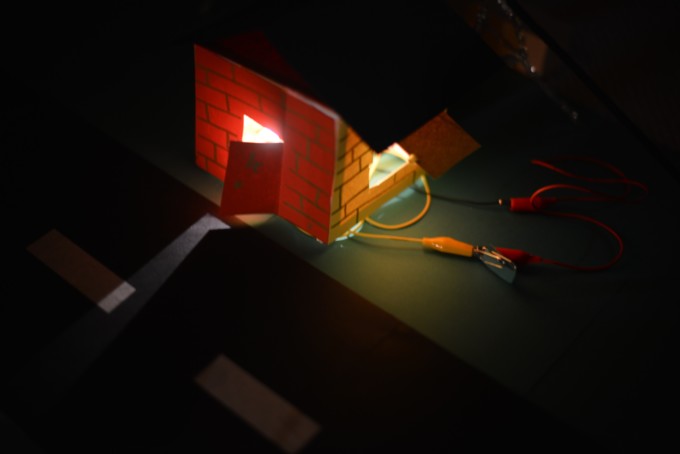
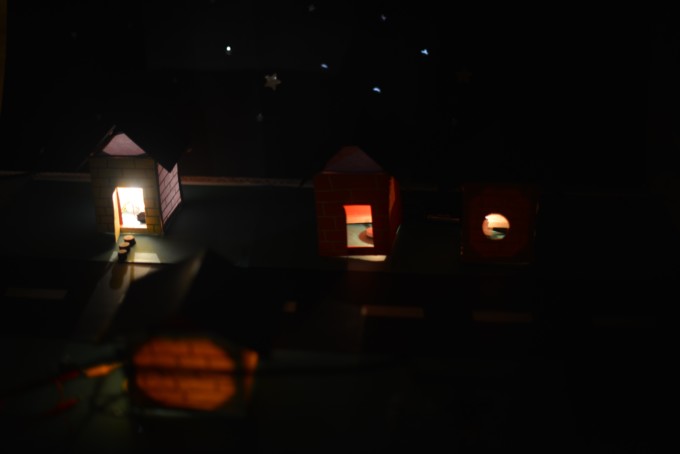
That’s such a sweet idea. My Grandparents had a dolls house that had lights in it like this and I was obsessed. Forwarding to my teacher friend as it’s a great introduction to circuits AND electricity! 🙂
Hi, I am about to try this project. What types of light bulbs do I need to have?
We used a small M.E.S. Round Screw Light Bulb 1.5v